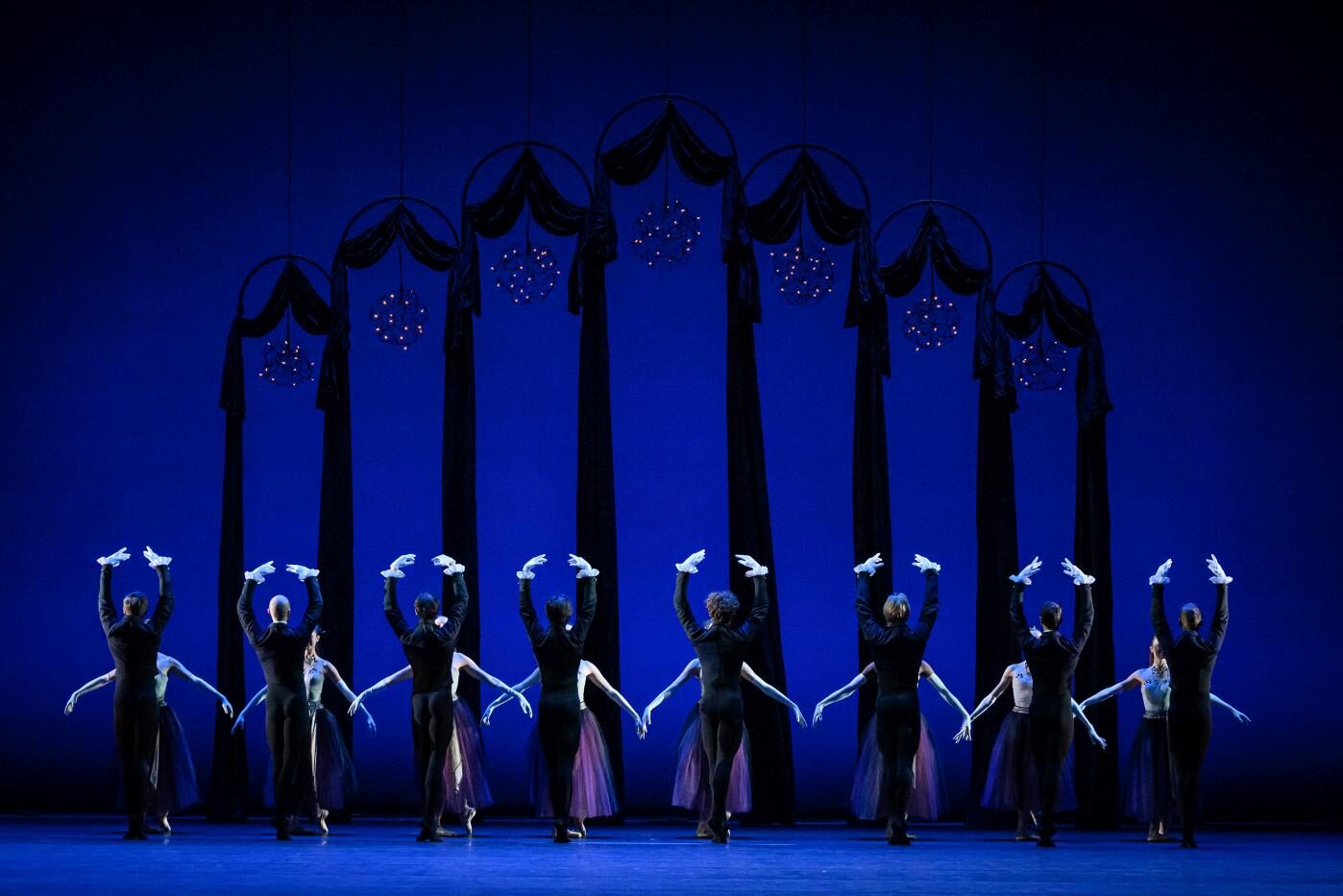Oh Dear!
“Multiplicity. Forms of Silence and Emptiness”
State Ballet Berlin
Komische Oper
Berlin, Germany
March 14, 2015
by Ilona Landgraf
Copyright © 2015 by Ilona Landgraf
In mid-February after taking over the reigns of State Ballet Berlin, Nacho Duato received damning reviews of the first Berlin premiere of his “Sleeping Beauty”, an import that he had done in St. Petersburg, his debut as artistic director going badly. Shortly thereafter, Arte, a reputable television channel, broadcasted a documentary about Duato. But it did not silence the cries of naysayers who predicted the descent of State Ballet Berlin. Arte depicted an uprooted artist still struggling over his dismissal as director of the Spanish Compañía Nacional de Danza. Hired by a banana oligarch he had moved to St. Petersburg, becoming the artistic director of the ballet of the Mikhailovsky Theatre. Yet Duato remained a stranger. The film shows him struggling with communication problems and suffering from sleeplessness. He spent many nights smoking cigarettes, drinking red wine and soliloquizing on his smart phone. Almost twenty-five years ago Berlin had first wanted to hire him. Why was he called to Berlin again? An odd stroke of Berlin’s cultural policy? (more…)



